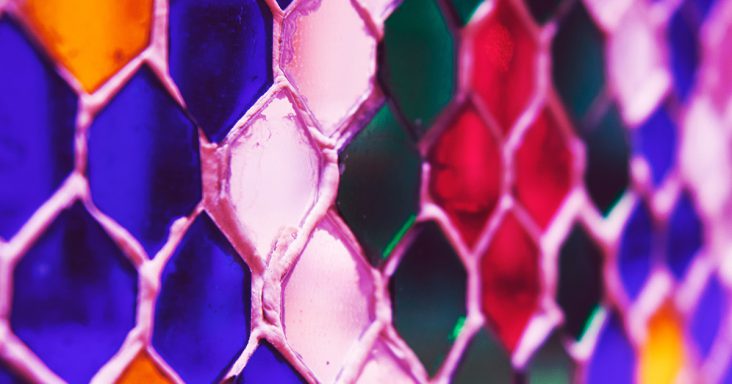

NGSS.3-5-ETS1, NGSS.MS-ETS1, HS-ETS1-2
Newspaper, cardboard, tape, a variety of paper, toothpicks, craft sticks, hot glue
The most noticeable contents of a beehive, besides the bees themselves, are the honeycomb attached to the walls and interior frames of the hive. Bees construct each cell of the honeycomb to provide a home for raising young and storing honey. For raising young, the queen bee lays her eggs in each cell. The pupa is cared for by worker bees until it hatches. Honeycomb can also be used to store honey. Beekeepers collect honey by removing frames from the hives and then extracting honey from the honeycomb before returning the frames to the hive.
Share the background information with the students, then share the puzzle to be solved. Determine constraints (e.g., time alotted, space, materials provided, etc.) and divide students into small groups.
Ask a series of questions to help students brainstorm solutions to the puzzle. Encourage students to list all ideas – don’t hold back! Before moving on, make sure each group selects a solution that fits within the contraints.
Students diagram the prototype, identify the materials needed to build the prototype, and write out the steps to take. Students describe the expected outcomes.
Students follow their design plan and build their prototypes. Monitor their progress and remind them about how much time they have.
Students evaluate their creation and compare it with the expected outcomes. Students seek areas of improvement and make changes where needed.
Students share their solution to the puzzle and communicate lessons learned.
Keep increasing the weight to see who has the strongest honeycomb structure!